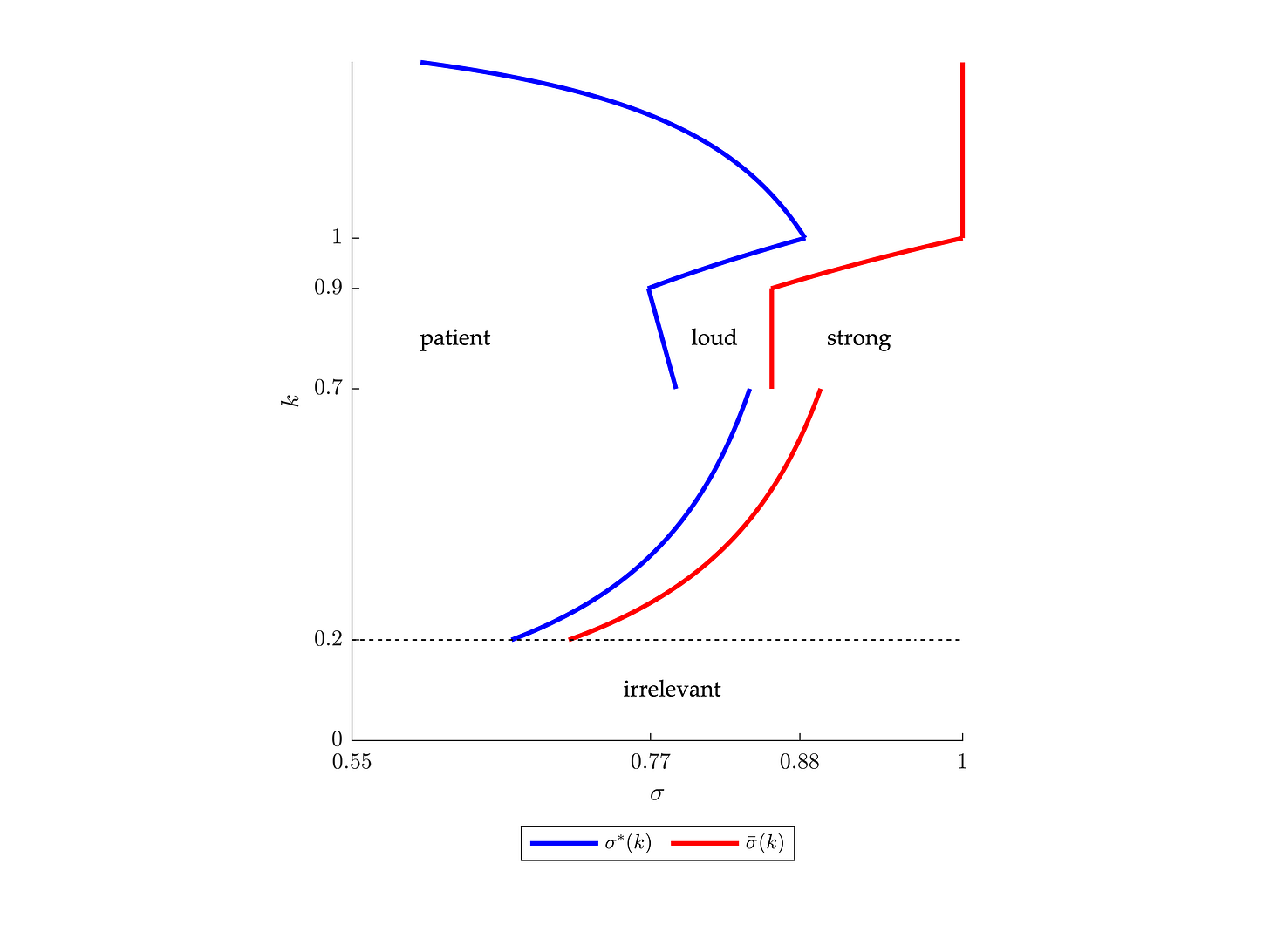Financial Security for Young Americans

What do we owe our young generations?
Why are we wasting political capital on initiatives that don’t advance generational priorities for Americans?
Political capital is a leader’s ability, through direct authority or influence, to achieve change in an organization over time.
The point of political capital is to implement initiatives that advance the top priorities of the organization, or the nation. Leaders get few “silver bullets” to drive change. To be successful they have to use their political capital to overcome gridlock and achieve concrete priorities.
What are generational priorities? The graph below, taken from a 2022 study by Collage Group, “America Now: Life Priorities Across Generations,” highlights the dominant priorities of four generations of Americans today. The generations they considered are Boomer, Gen X, Millennial, and Gen Z. You can view the article here.
From the study: Health, financial stability, and relationships are consistently the top three priorities for all generations in the study. As we age, financial security and health become the two dominant priorities.
What is the decisive element of generational financial stability? Is debt the decisive element? Financial freedom? Potential to grow wealth?
It’s home ownership.
Real estate makes up two-thirds of global real assets or net worth.
The above source is from the study The Rise and Rise of the Global Balance Sheet. ‘Financial Times’ agrees and published The oldest asset class of all still dominates modern wealth. Another, Measuring the role of housing in wealth distribution, is from the international Organisation for Economic Co-operation and Development. And of course the National Association of Realtors supports the point with Single-family Homeowners Typically Accumulated $225,000 in Housing Wealth Over 10 Years.
If we are going to strengthen financial security for young Americans, we need to start by addressing home ownership.
It’s won’t be easy. Millennials and Gen Z have a higher hurdle to achieve home ownership, and therefore financial stability, than Boomers and Gen X. This higher hurdle is a result of several factors.
Housing prices have grown at a rate four times faster than household income since 1960. The median cost for a house in 1960 was $11,900, while the median income in 1960 was $5,600. The median income in 2021 was $71,000. Do any of you see any houses in your city selling for $151,000?
Other groups are now competing with first-time homebuyers. Older generations are downsizing, moving out of their larger homes into smaller homes that the younger generations could be purchasing as first homes. Private equity firms are purchasing housing as investments, further competing with Millennials. In some neighborhoods, private equity firms own up to 20% of housing. Investors purchased nearly 30% of single family homes in the first quarter of 2022.
Housing prices increased dramatically during the COVID-19 pandemic. The Federal Reserve Bank of Dallas published that in one month alone, July 2021, the cost of housing increased 19%.
Builders don’t make many small ‘starter’ homes any more. Factors such as land cost, material cost, and regulatory fees encourage builders to build larger homes to recoup profits. Those 1960s houses were smaller than today’s houses, but they aren’t available any more.
To make this storm worse, interest rates have increased since 2020, due to inflation concerns. Today’s (March 28, 2023) mortgage rate exceeds 6.25% for borrowers with a 20% down payment and an above-800 credit score.
What’s the impact of just the interest rate increase on young Americans who want to buy their first home this year?
Let’s assume a $300,000 loan, with a 6.25% interest rate and a 30-year term. With this loan, a homeowner would pay approximately $365,000 in interest payments over the life of the loan. That’s just interest payments. With a loan on those terms, a young family would pay a total of $665,000 for a $300,000 loan, not including additional fees and taxes. If the borrower didn’t refinance and didn’t pay the loan off early, the borrower would pay more in interest than in principal.
Now let’s assume all the above, but with a 3.25% interest rate. The interest payments drop to $170,000 instead of $365,000. Same loan amount, but the young family would pay $470,000 for a $300,000 loan instead of $665,000.
The lower interest rate would save the borrower $195,000. And that’s at a still-reasonable 6.25% interest rate. Interest rates in the early 1980s approached 20% (at 18% interest, the above borrower would pay $1.7M for a $300,000 home).
In contrast, the proposed student loan forgiveness plan provides up to $20,000 for students who qualified for Pell Grants. If you gave me the choice to save $20,000 on student loan forgiveness (I received Pell Grants in college), or the opportunity to save $195,000 in interest payments over the life of a home loan, I feel like that would be a pretty easy choice. I’m taking the $195,000.
A first-time-homebuyer initiative could save young Americans hundreds of thousands of dollars, and cost taxpayers very little. Student loan forgiveness doesn’t enable financial security for young generations, and costs the taxpayer.
An additional benefit of home ownership—your home builds equity. Student loan forgiveness never improves.
With this in mind, the student loan forgiveness program is a slap in the face to our young generations. To be clear, the problem isn’t the program itself. The slap in the face is the waste of political capital and time spent fighting about a program that doesn’t address the decisive element of generational financial stability.
Young Americans need to be able to secure their financial future early in adulthood. This means our young generations need the ability to qualify to purchase their first home at a low interest rate. A good benchmark would be a first-time-homebuyer benefit of a 3% interest rate to purchase a first home. We need to combine this low interest rate with a US Department of Housing and Urban Development loan, which requires a 3.5% down payment.
After their one-time use, if a family wants to purchase a more expensive home, that’s their decision. If they want to own the asset, they own the risk, and higher interest rate, that comes with the asset. This plan further needs to clearly disqualify any private equity money or investment firms from receiving these terms. We need to specify single family homes, single unit duplexes, single unit apartments, and so on.
The point of the initiative isn’t for someone to purchase a commercial building and rent out all but one apartment. That’s an investment.
The point of the initiative is to improve the financial stability of young Americans. To achieve that goal, all young Americans need to be able to take advantage of the proposal.
There are numerous additional benefits of this proposal as compared to student loan forgiveness. It benefits young Americans who chose to attend college, and it benefits young Americans who chose to take up trades. It benefits young Americans who grew up in trailers, and those who grew up in suburbs. It benefits young Americans in rural America, and young Americans in urban America.
We owe America’s youth the opportunity to control their own destiny.
Thanks for considering my perspective.
May God bless the United States of America.
Postscript items.
Can we come up with a better name for Gen Z already?
Several sources claim subprime loans didn’t cause the recession of 2008.
Because mathematicians are awesome, they study political capital in mathematical terms. Calculus is the mathematical study of change. This particular study was very interesting to me, but I took several calculus courses as an undergraduate. I celebrate Dr. Gratton et al. for her work!






